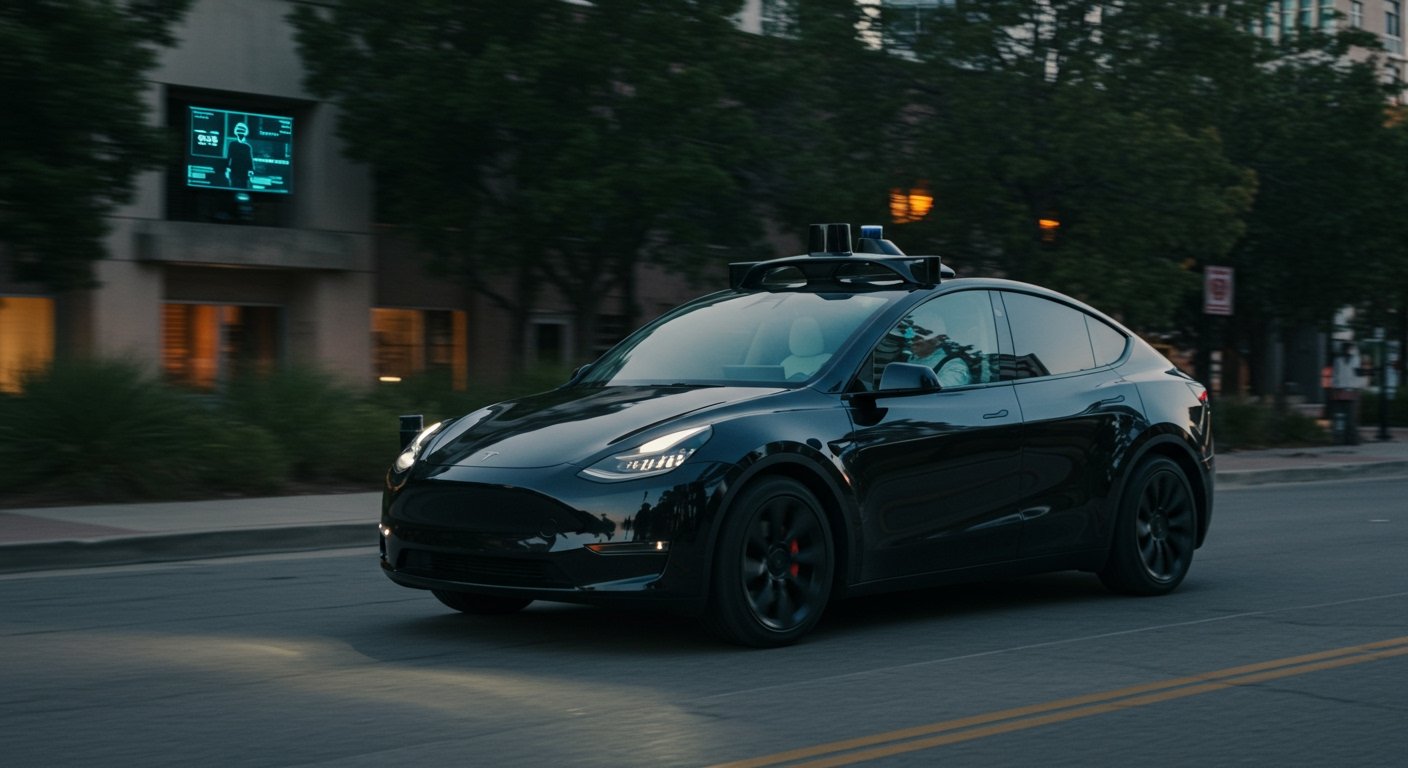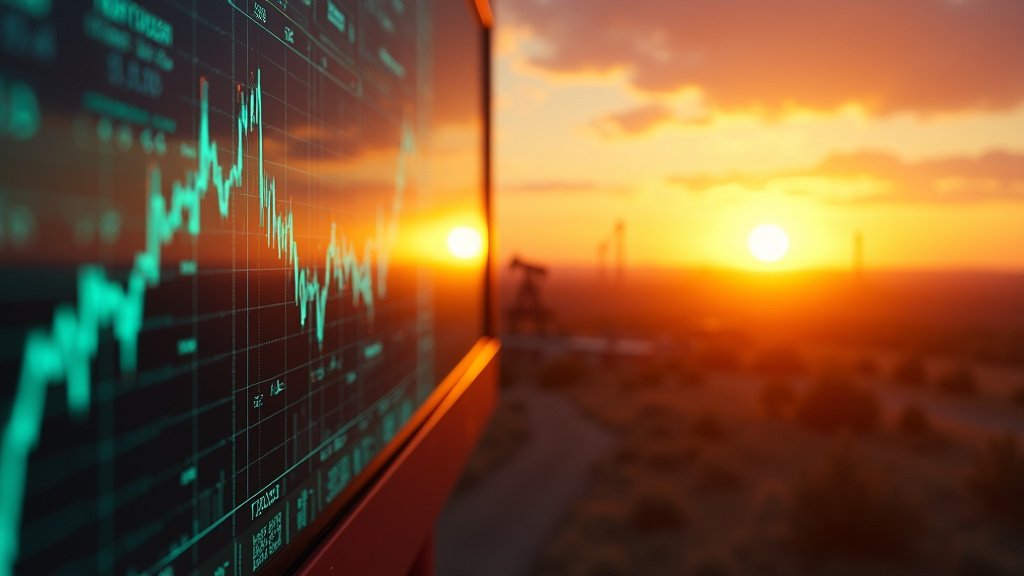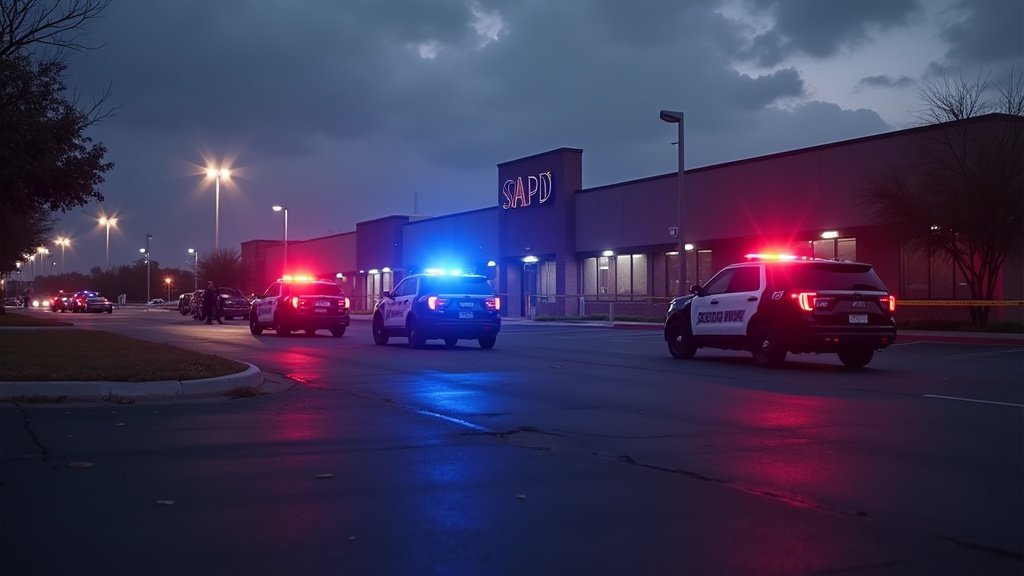Austin, Texas – Tesla is set to commence a long-anticipated, albeit limited, paid robotaxi service in Austin, Texas, on Sunday, June 22, 2025. The launch represents a significant step, though one taken with cautious tiptoes, towards realizing Chief Executive Elon Musk’s ambitious vision for autonomous mobility.
Initial operations will utilize a small fleet of Tesla’s Model Y SUVs, configured to transport invited riders within a geographically restricted area of the city. While the driver’s seat will remain unoccupied, a Tesla safety monitor is mandated to occupy the front passenger seat during all service operations.
Navigating Operational Constraints
The debut service will operate under specific limitations designed to mitigate risk. The robotaxis will be restricted to a defined operational zone within Austin, avoiding areas with potentially adverse weather conditions or particularly challenging intersections. Furthermore, the service will not be available to individuals under 18 years old, introducing another layer of operational constraint.
Addressing potential safety concerns, Elon Musk emphasized the company’s approach, stating he is “super paranoid about safety.” He also indicated a willingness to postpone the launch if necessary, underscoring the critical importance placed on passenger security and operational reliability during this initial phase.
The Camera-Only Approach
A notable aspect of Tesla’s autonomous system, which distinguishes it from many competitors, is its reliance solely on cameras for navigation and environmental sensing. This contrasts sharply with other leading autonomous vehicle developers, such as Alphabet’s Waymo and Amazon’s Zoox, which incorporate additional sensor technologies like lidar and radar alongside cameras. Tesla’s camera-centric methodology, often referred to as “Tesla Vision,” has been a point of both innovation and debate within the industry.
Regulatory Landscape and Industry Context
The launch unfolds within a complex and evolving regulatory environment for autonomous vehicle companies globally. It follows a period of increased scrutiny on the safety performance of driverless technology and occurs after a fatal incident involving GM’s Cruise operation, which highlighted the potential risks and regulatory challenges inherent in the field.
Texas has historically been viewed as having an accommodating regulatory stance towards autonomous vehicle testing and operation. State law permits such activities provided standard safety and insurance criteria are met. However, the landscape is shifting. A recently enacted state law, effective September 1, mandates that vehicles operating without human drivers must first obtain prior authorization from the Department of Motor Vehicles.
In light of this impending regulatory change, a group of seven Democratic lawmakers formally requested that Tesla delay the launch until this new law is fully implemented. Their request was conveyed via a letter sent on June 18, just days before the scheduled service commencement, signaling potential legislative pressure on the operation’s future.
Industry Reactions and Financial Backdrop
Industry experts have offered diverging perspectives on the significance of Tesla’s launch. Paul Miller, a technology researcher at Forrester, suggested that the debut trails significantly behind both Tesla’s own earlier commitments and the current operational offerings from established competitors like Waymo and Zoox. This perspective frames the launch more as a catching-up exercise rather than a pioneering leap.
Conversely, Wedbush analyst Daniel Ives hailed the launch as the official commencement of what he termed Tesla’s “golden era of autonomy.” This view positions the limited pilot service as the foundational step towards a much larger, profitable, and transformative autonomous future for the company.
Financially, the robotaxi service debut follows a challenging period for Tesla, during which the company experienced a 71 percent decline in first-quarter profits. The success of the robotaxi venture and the broader autonomous driving strategy are seen by many analysts as crucial components of Tesla’s long-term growth and profitability outlook.
As Tesla takes this tentative step into the robotaxi market in Austin, it navigates not only the technical complexities of autonomous driving but also a shifting regulatory environment and intense industry competition, all under the watchful eye of investors and the public.






